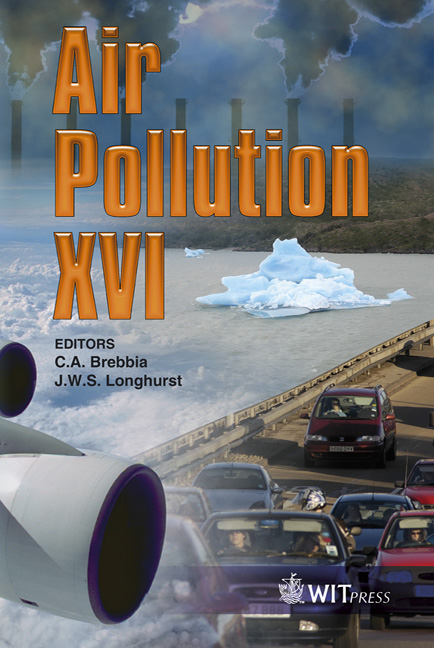Environmental Planning And Management Of Air Quality: The Case Of Mexicali, Baja California, Mexico
Price
Free (open access)
Transaction
Volume
116
Pages
9
Page Range
419 - 427
Published
2008
Size
651 kb
Paper DOI
10.2495/AIR080421
Copyright
WIT Press
Author(s)
E. Corona-Zambrano & R. Rojas-Caldelas
Abstract
There is a worldwide increase in the number of people living in cities. As a consequence, this brings a number of social, economic and environmental problems relating to a decline of the environment and the quality of life. Air quality stands out among the problems of medium and large cities, mainly due to the increase of industrial activity, urban mobility, mobility from one city to another and of urbanization levels. That is why human settlements face important challenges in order to lower the levels of emission of pollutants into the atmosphere that are considered aggressive and hazardous for the built up environment, ecosystem and human health. In this context, the city of Mexicali stands out in the country for the problems relating to air quality it faces, mainly pollutants such as CO, PM10 and O3. This report presents the results of research which has the purpose of designing a system of indicators for the study of air quality in the city of Mexicali, based on the pressure-state-response (PSR) model from OECD. This system is complemented with information of other urban variables, as well as population, traffic infrastructure, transportation, and land uses among others, trying to identify which strategies need to be applied in the city. Lastly, an urban assessment about pollution and strategies that can be applied in different fields involved in air quality is presented. Keywords: urban air quality, environmental management of air quality, atmospheric pollution, sustainable urban planning.
Keywords
urban air quality, environmental management of air quality, atmospheric pollution, sustainable urban planning.





